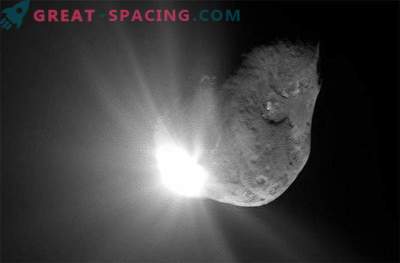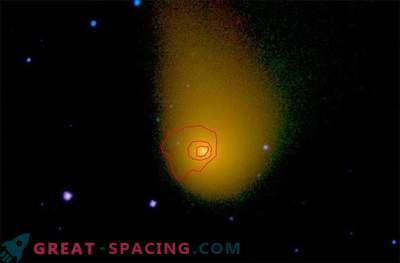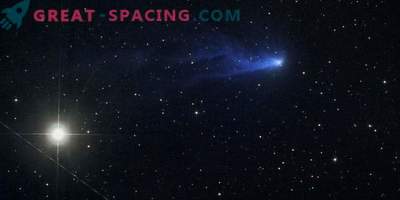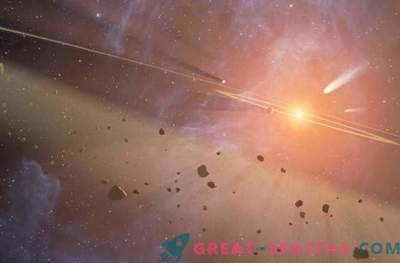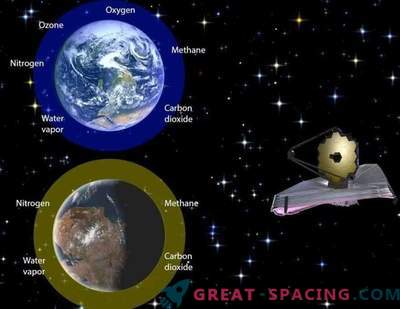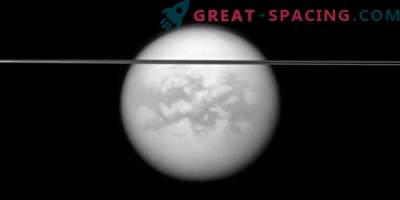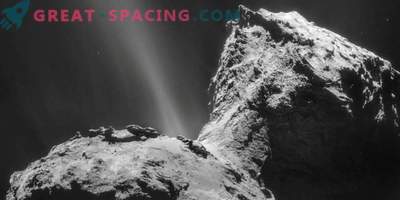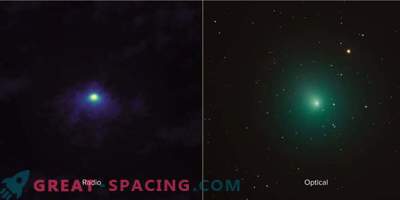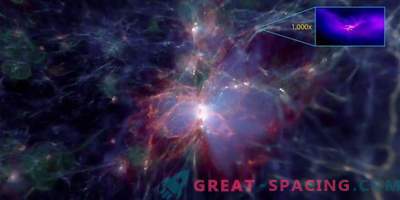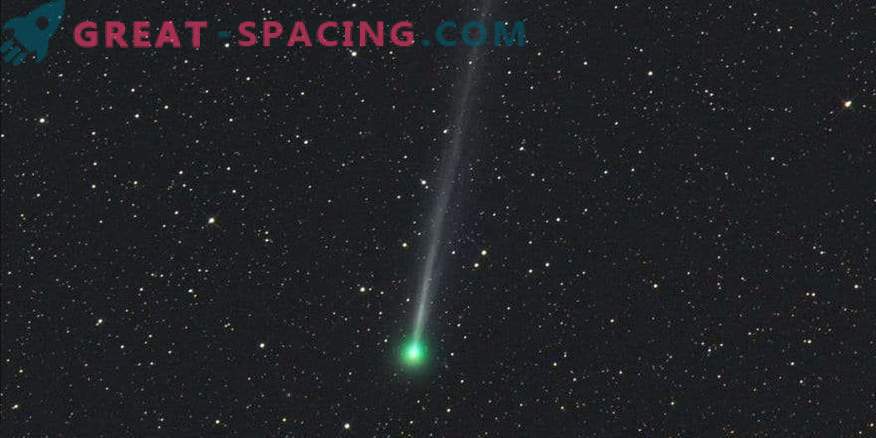
Comet 45P / Honda-Mrkosa-Paidushakova hit the telescope review on December 22 (Namibia, Africa)
In early 2017, comet 45R sped past Earth. For review used NASA infrared telescope (IRTF), located in Hawaii. This made it possible to conduct thorough astronomical observations and reveal the details of the ice in the comets of Jupiter. It turned out that 45P does not quite match the previously studied comets.
Scientists have determined the levels of nine gases released by an ice core into a thin cometary atmospheric layer (coma). Some of the gases are the building blocks for amino acids, sugars and other biologically significant molecules. The main attention was paid to carbon monoxide and methane, which are difficult to find in the comets of Jupiter.
Gases come from the core, so the ice is the key to the history of the object and the aging process. There is an assumption that comets can tell about the formation of the system much better than other celestial bodies.
Comet 45P / Honda-Mrkos-Paidushakova belongs to the group of comets of Jupiter, whose rotation period around the Sun takes 5-7 years. The problem is that much less is known about the native ice of this family than about the objects of the Oort Cloud, located much further. In order to detect native ice, researchers are looking for chemical traces in the infrared part of the spectrum beyond the visible light. The high resolution iSHELL spectrograph on the IRTF telescope helped in this process. Its spectral range allows you to find several evaporated ices at once, which reduces the degree of uncertainty when comparing the number of different ices. The tool covers wavelengths from 1.1 micrometers in the near IR range to 5.3 micrometers in the middle IR region.
iSHELL is also valuable because of the high level of resolution, which helps to separate the IR traces that are located extremely close to the wavelength. This is especially important in the presence of carbon monoxide and methane.
A two-day review in January 2017 received reliable measurements of water, methane, carbon monoxide and 6 other native ices. For 5 ices, scientists compared the levels on the sunny and shaded sides.
It turns out that the level of frozen carbon monoxide is so low that it can be called depleted. But it is surprising that the object is enriched with methane, which should not be the case with such an amount of carbon monoxide. This is really a rare case. Methane may be trapped inside other ice. But there is an assumption that carbon monoxide is in contact with hydrogen and forms methanol. The review confirmed a large amount of frozen methanol.
Now researchers are trying to understand how standardized their results are among similar comets. 45P was the first of five short-period comets available for inspection in 2017-2018. The following were followed by 2P / Enke and 41R / Tuttle-Jakobini-Kresak. In the summer and autumn, 21P / Jacobini-Zinner will arrive, and in December 2018 a distance of 46P / Virtanen will reach a distance of 16 million km.
This is an innovative study that can expand the understanding of the connection of molecular species in the nuclei of the comets of the Jupiter group.
